It is not uncommon for women to experience a rash under their breasts, which can be quite uncomfortable and painful. There are various factors that can lead to the development of this skin condition, ranging from natural skin responses to more serious disorders.

The skin beneath the breasts is typically warm, dark, and moist, which creates the perfect breeding ground for
bacteria
and fungi. In addition, friction between the skin and clothing, as well as sweat, can further aggravate the skin and
cause a rash.

What causes a rash under breast?
There are several common causes of rashes under the breasts, including sweat rash, intertrigo, and contact dermatitis. When it comes to rashes in skin folds, such as under the breasts, there are various causes that one should be aware of.
One of the most common causes is infections caused by either viruses or bacteria, such as shingles or yeast, respectively. Skin friction, often due to tight clothing or excess weight, can also contribute to the development of a rash.

Infections
The area beneath the breasts is a warm and moist environment that can be conducive to the growth and spread of infections. This is due to the fact that many types of bacteria and fungi thrive in warm, damp conditions, making the skin under the breasts a prime location for the development of infections. These infections can take various forms, including bacterial infections such as impetigo or cellulitis, as well as fungal infections such as ringworm or candidiasis.

Bacterial infections occur when harmful bacteria penetrate the skin, causing inflammation and other symptoms.
Impetigo,
for example, is a highly contagious bacterial infection that can cause blisters and crusted, oozing sores on the
skin.
Cellulitis, another bacterial infection, occurs when bacteria enter the deeper layers of the skin, causing redness,
swelling, and pain.

Fungal infections, on the other hand, are caused by various types of fungi that can grow and multiply in warm, moist
areas of the body. Ringworm, for example, is a common fungal infection that can cause circular, scaly patches of
skin.
Candidiasis, also known as a yeast infection, is another common fungal infection that can cause itching, redness,
and
inflammation.

Ringworm
Ringworm is a common fungal skin infection that is often misunderstood due to its misleading name. Despite the name, ringworm is not caused by worms but by a type of fungus known as dermatophytes. This infection is also referred to as tinea, with different forms affecting different parts of the body.
Tinea corporis is the term used to describe ringworm that affects the body, while tinea pedis refers to the type that affects the feet and is commonly known as athlete's foot. Similarly, tinea cruris refers to the type of ringworm that affects the groin area, which is commonly known as jock itch.

Candidiasis
Candidiasis is a common skin infection that occurs when the Candida yeast, a type of fungus, multiplies and grows on the skin's surface. This yeast is the same type that causes other infections such as oral thrush, vaginal yeast infections, and diaper rash. Candidiasis can be particularly prevalent in individuals with weakened immune systems, babies, and people taking antibiotics.

The skin under the breasts is a prime location for candidiasis to develop due to the warm and moist environment of
skin
folds. This creates a favorable condition for the Candida yeast to thrive and spread, leading to the development of
a
rash. The rash often presents with uncomfortable blisters and small cracks and may be itchy, causing discomfort to
the
affected individual.

Allergies
Hives are a common skin condition characterized by red or skin-colored bumps that can become itchy and appear on any part of the skin. They are often an allergic response to a range of substances, including foods, medications, insect stings, pollen, and plants.It is crucial to consult a doctor to diagnose the underlying cause of hives as they may indicate a severe allergic reaction.

Based on the diagnosis, the doctor may recommend topical or oral antihistamines to alleviate the symptoms of hives.
These drugs work by blocking histamines, the natural chemical in the skin that causes hives.It is also advisable to
seek
medical advice before trying any home remedies for hives relief, such as cold compresses and calamine lotion. Home
remedies may offer temporary relief, but they may not address the root cause of the hives.

Autoimmune disorders
Autoimmune disorders are a group of chronic conditions that occur when the immune system mistakenly attacks the body's own tissues, organs, and cells. They can affect various parts of the body, including the skin, and may cause a rash under breast area.

There are many types of autoimmune disorders, such as lupus, psoriasis, and scleroderma, that can cause rashes on
the
skin. These conditions cannot be cured, but the symptoms can be managed with the appropriate treatment.
Managing the symptoms of autoimmune disorders involves a variety of approaches, including medication, lifestyle changes, and regular medical checkups. In some cases, doctors may prescribe topical or oral medications, such as corticosteroids or immunosuppressants, to alleviate the symptoms of the rash.

It's essential to work closely with a doctor to manage autoimmune disorders effectively. With the right treatment
plan,
people can improve their quality of life and reduce the risk of complications associated with these conditions.

Can you prevent a rash under breast?
If you're prone to developing rashes under your breasts, there are several steps you can take to reduce your risk of getting them. By adopting good hygiene practices and making some lifestyle changes, you can potentially prevent rashes from forming in the first place.
One of the most important things you can do is to maintain good personal hygiene. This includes washing the skin under your breasts regularly and keeping it dry. Moisture can increase the risk of fungal infections, so it's essential to make sure that the area is kept clean and dry. You should also avoid sharing towels or clothes to reduce the risk of ringworm.

Avoiding known irritants can also help reduce the risk of allergic reactions. If you know that certain products or
substances trigger a rash, it's best to avoid them altogether. Additionally, wearing loose-fitting clothing and
staying
cool in hot weather can help prevent heat rash.
If you've made lifestyle changes and are still experiencing chronic rashes under your breasts, it's important to see a doctor for further evaluation. They can recommend additional preventive measures or prescribe medications to treat the underlying cause of the rash. With the right care and attention, you can potentially reduce your risk of getting rashes under your breasts and improve your overall skin health.

How is a rash under breast treated?
When it comes to treating a rash under breast, there are several options available depending on the underlying cause. While most cases are not serious, they can be uncomfortable and require attention to prevent them from worsening.
One common treatment is maintaining proper hygiene and keeping the affected area clean and dry to reduce the risk of infection. Avoiding irritants and known allergens can also help prevent further irritation and the spread of the rash.

For fungal infections, antifungal creams or oral medications may be prescribed. In cases of bacterial infections,
antibiotics may be necessary to clear the infection. Steroid or anti-inflammatory creams can also help relieve symptoms
such as itching and redness.
If the rash is caused by an autoimmune disorder, managing the underlying condition will be the primary focus of treatment. This may involve medication or other therapies to manage symptoms and prevent flare-ups.



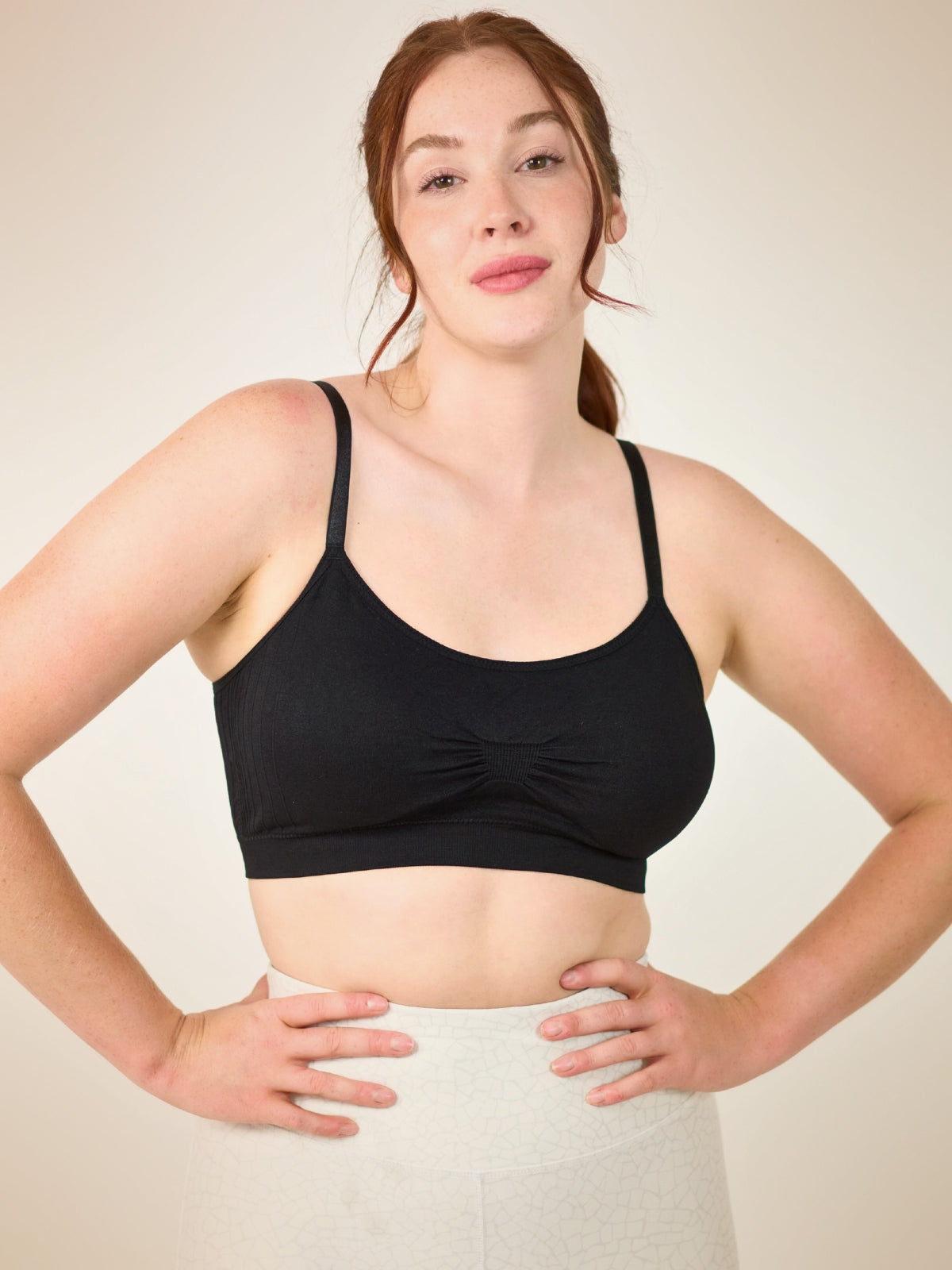
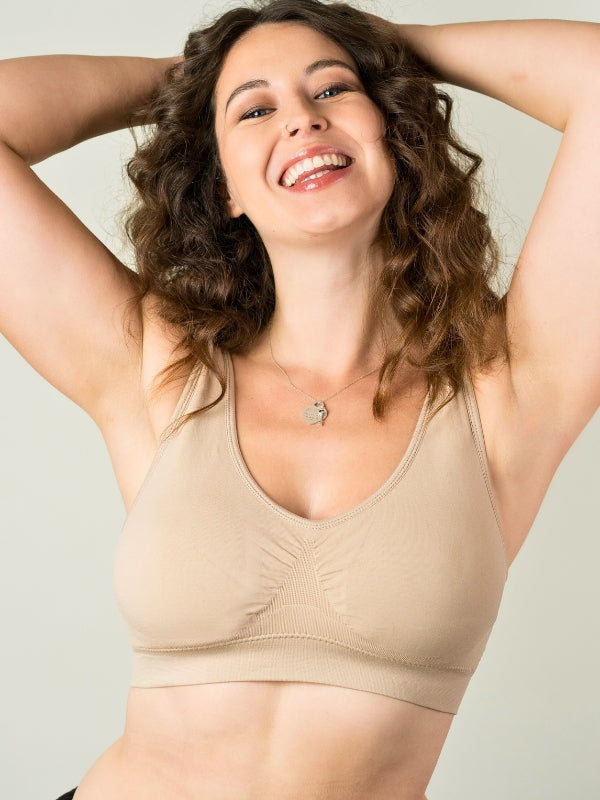
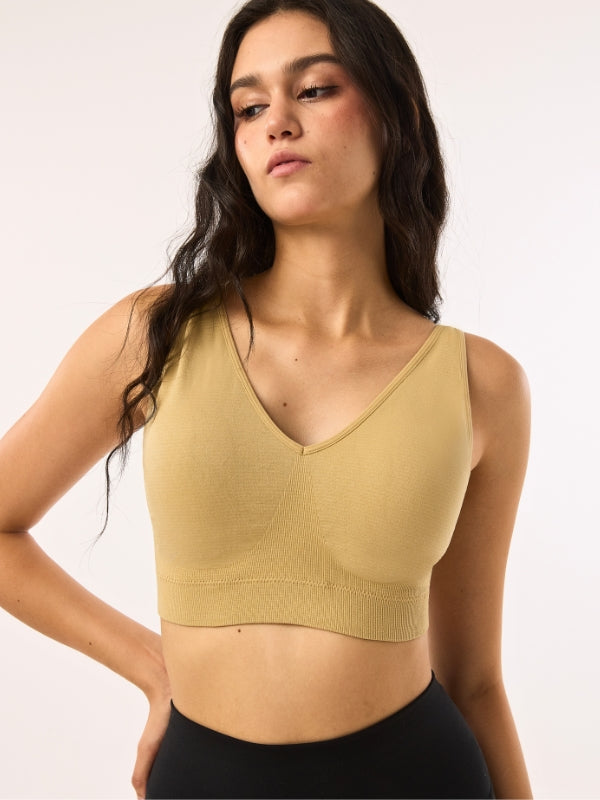
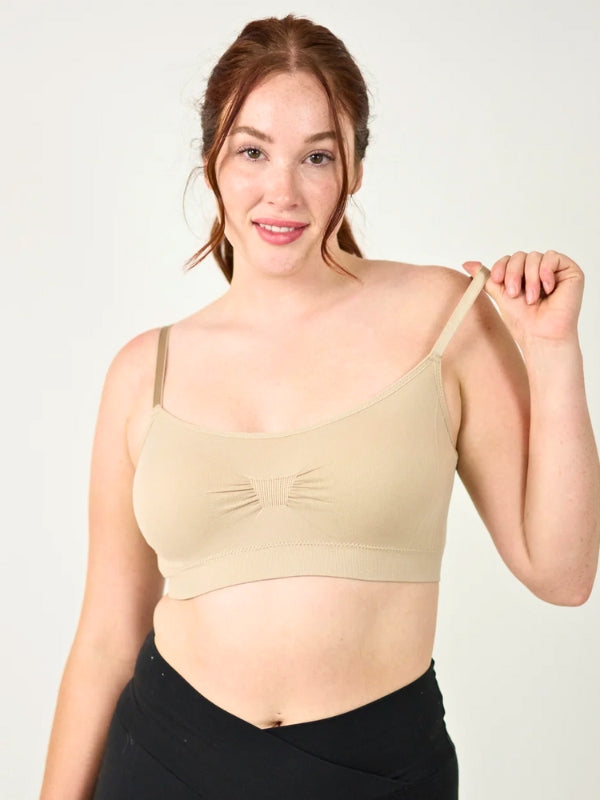

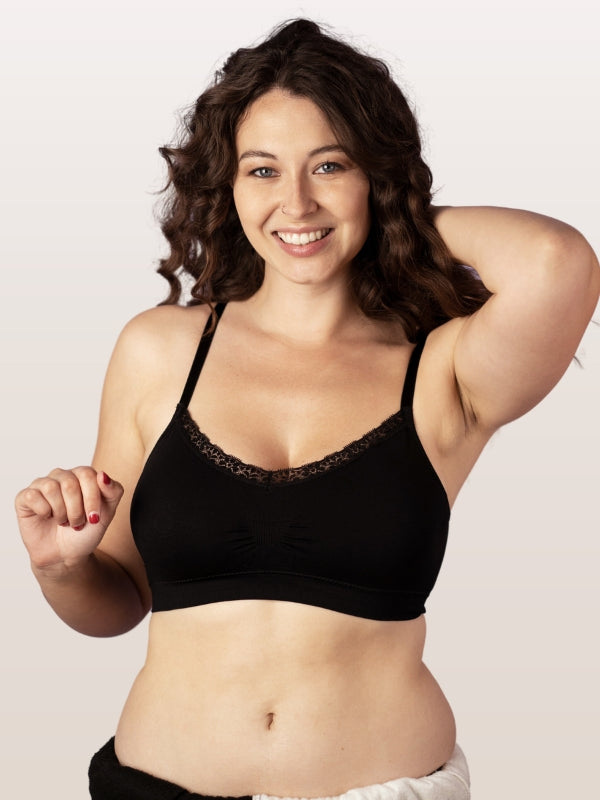




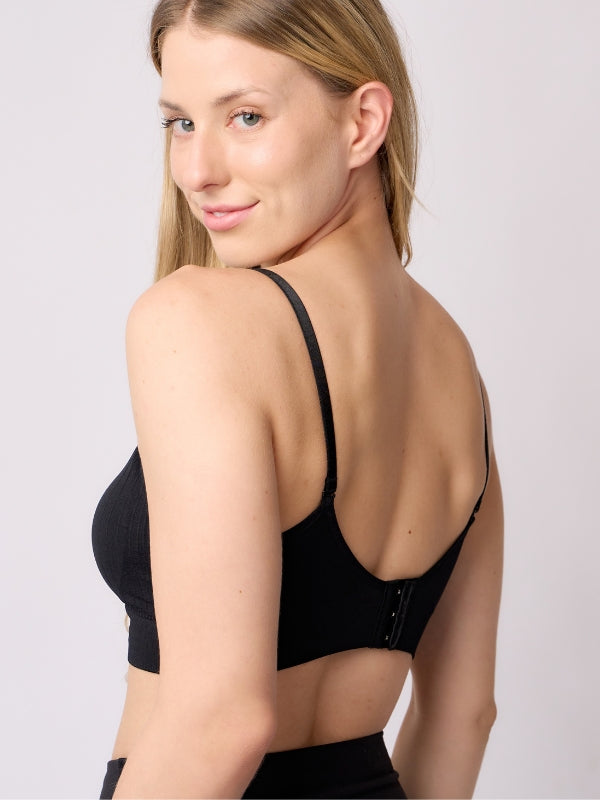
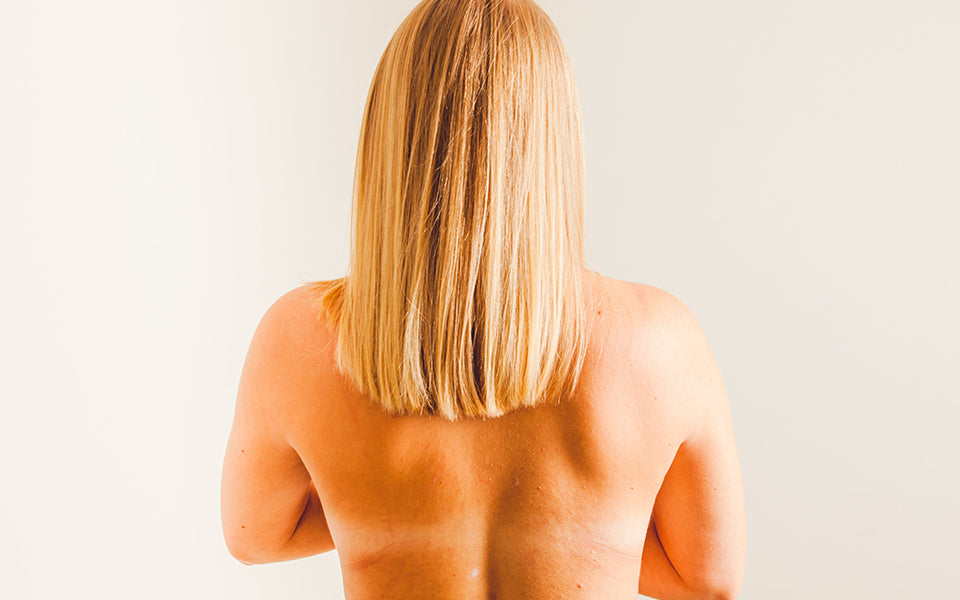

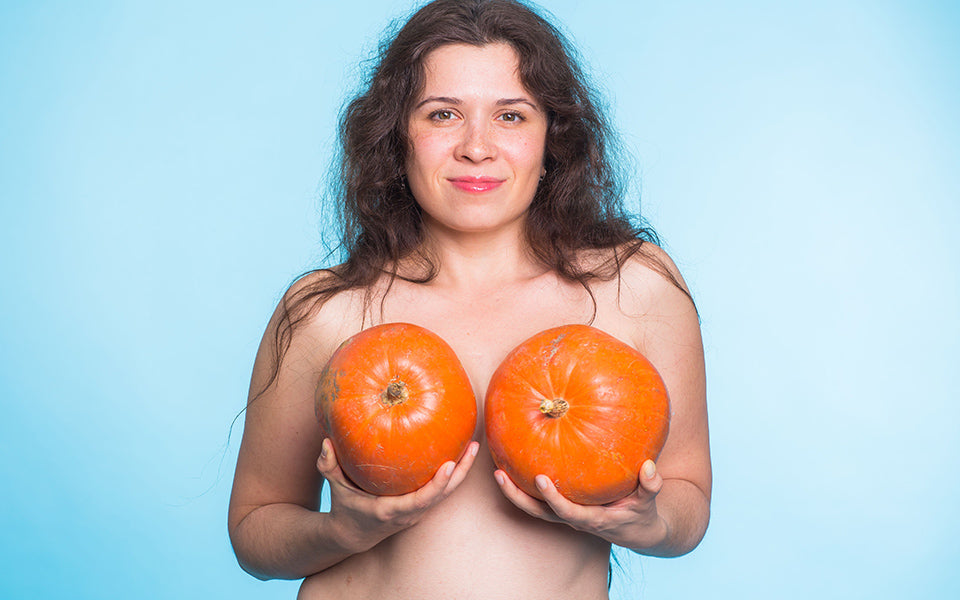

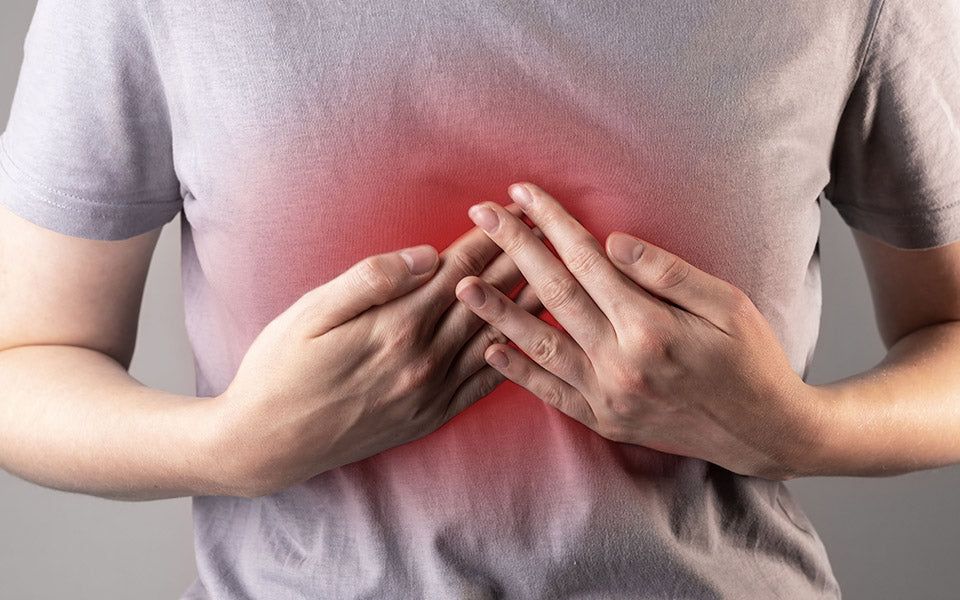
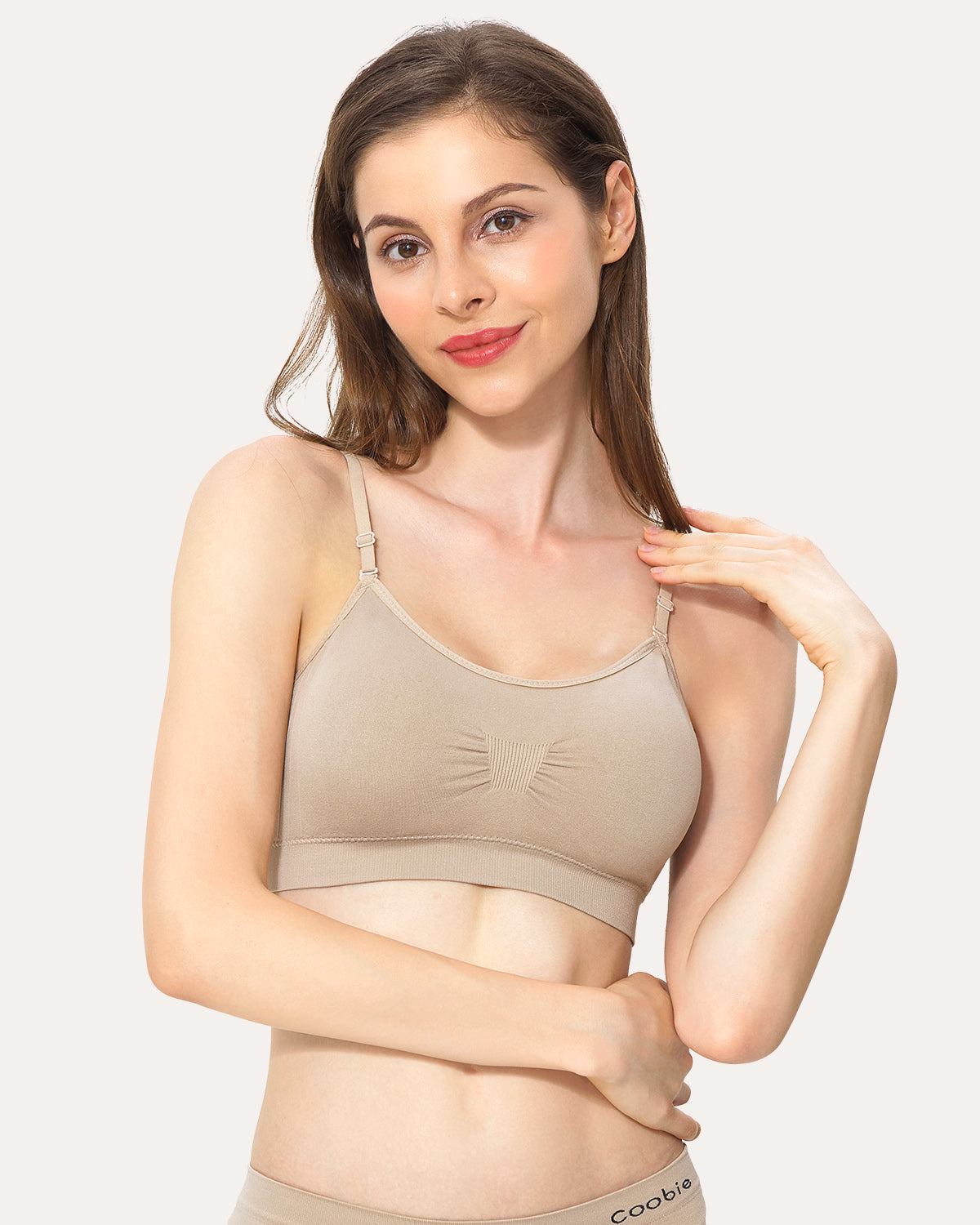

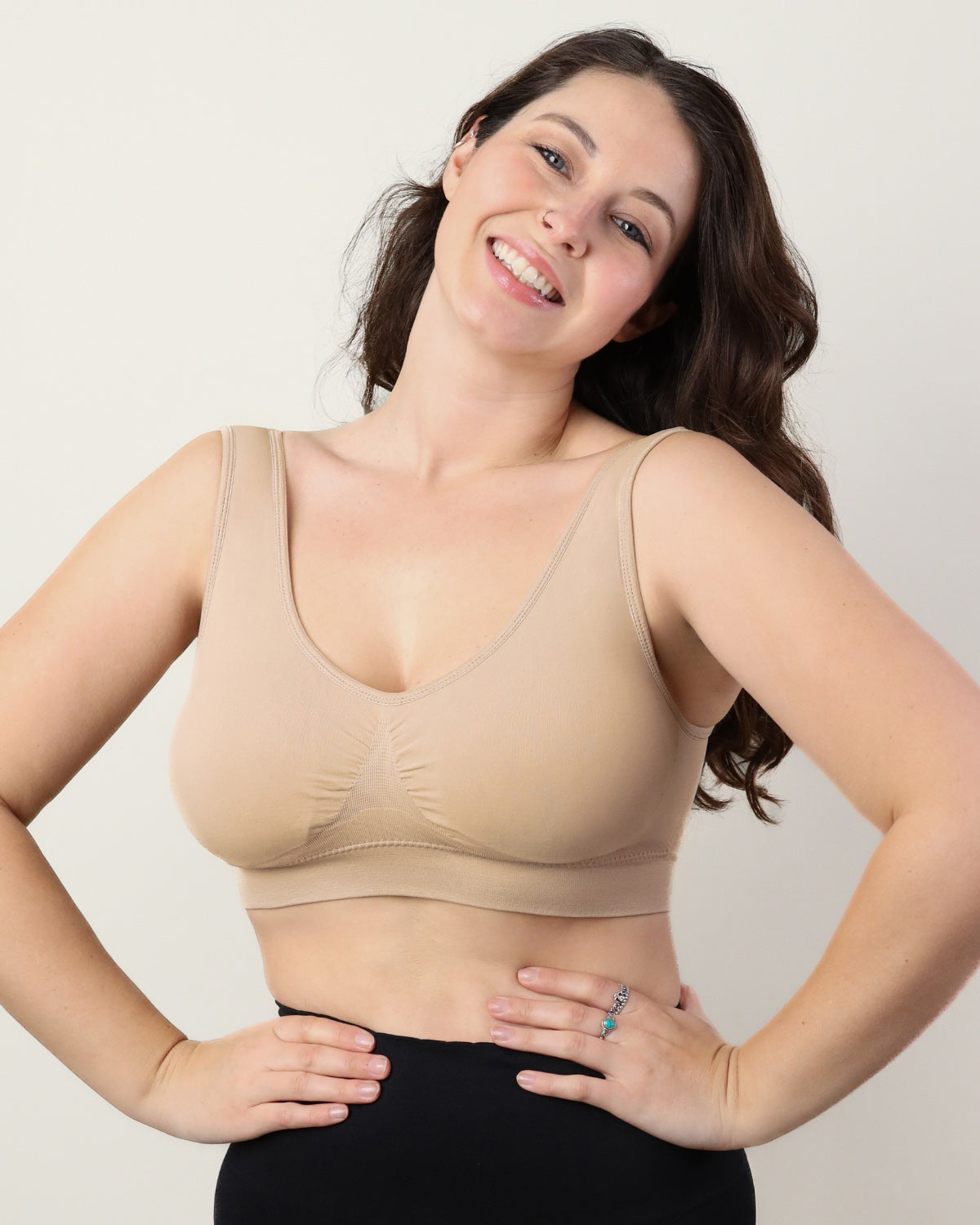

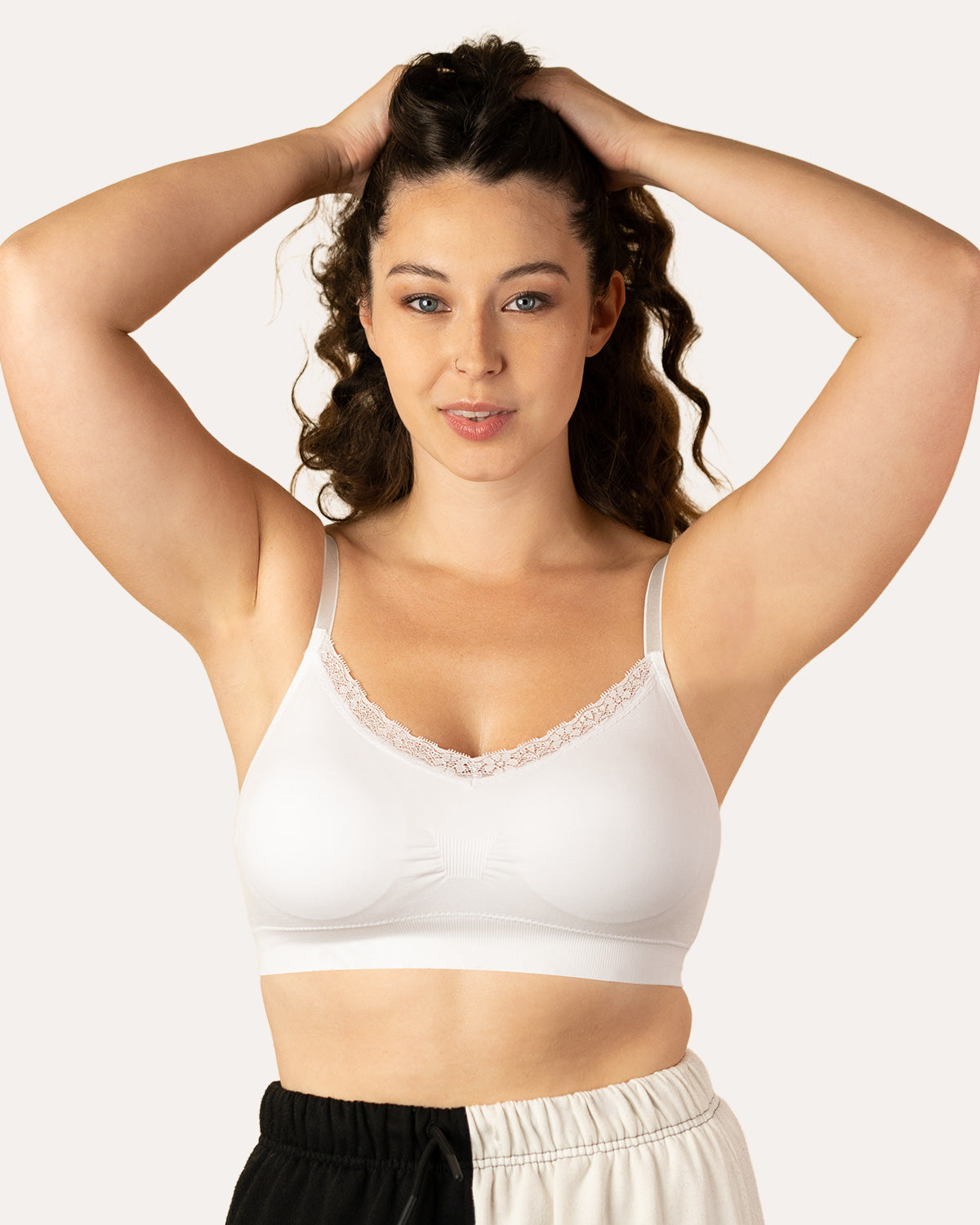
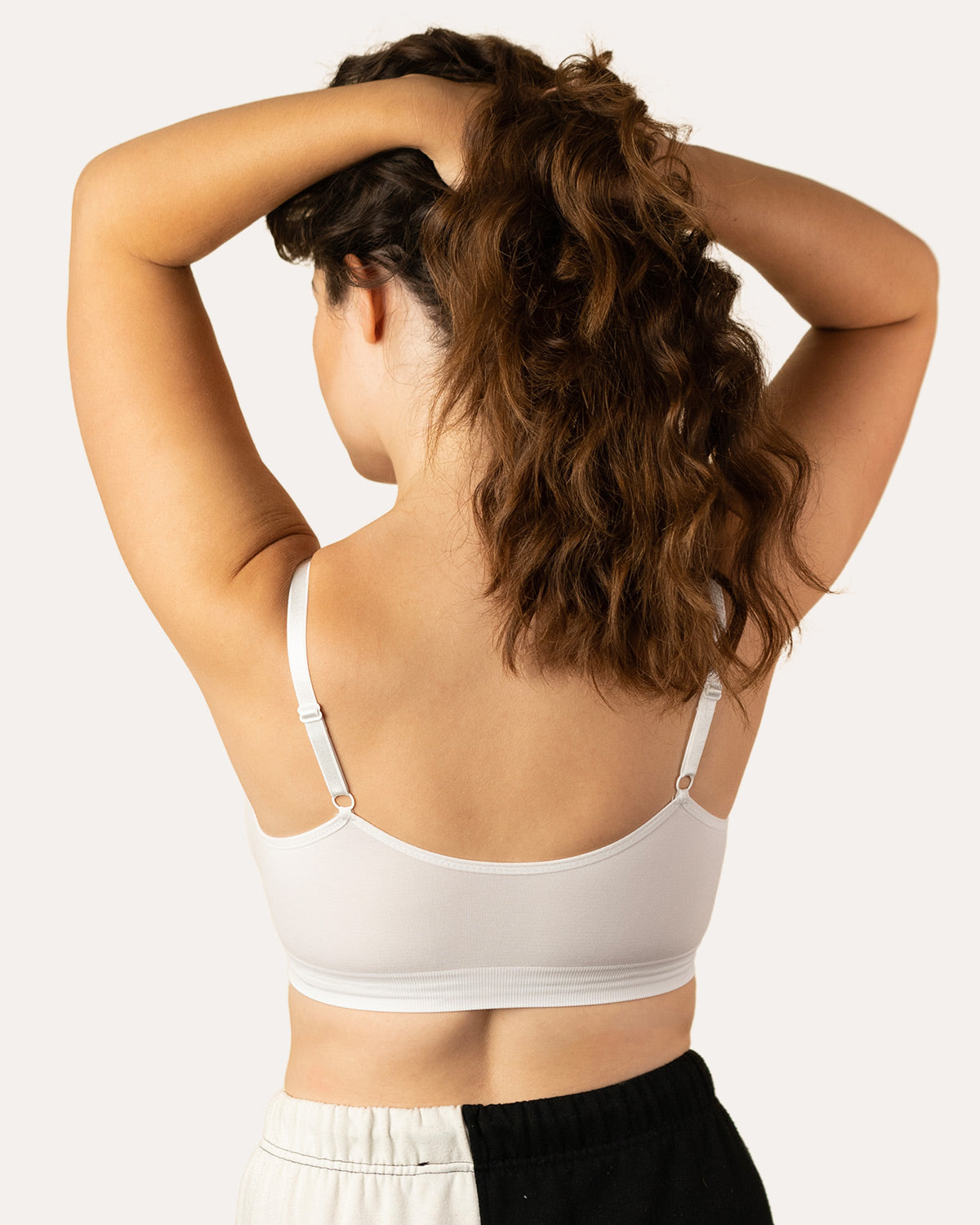

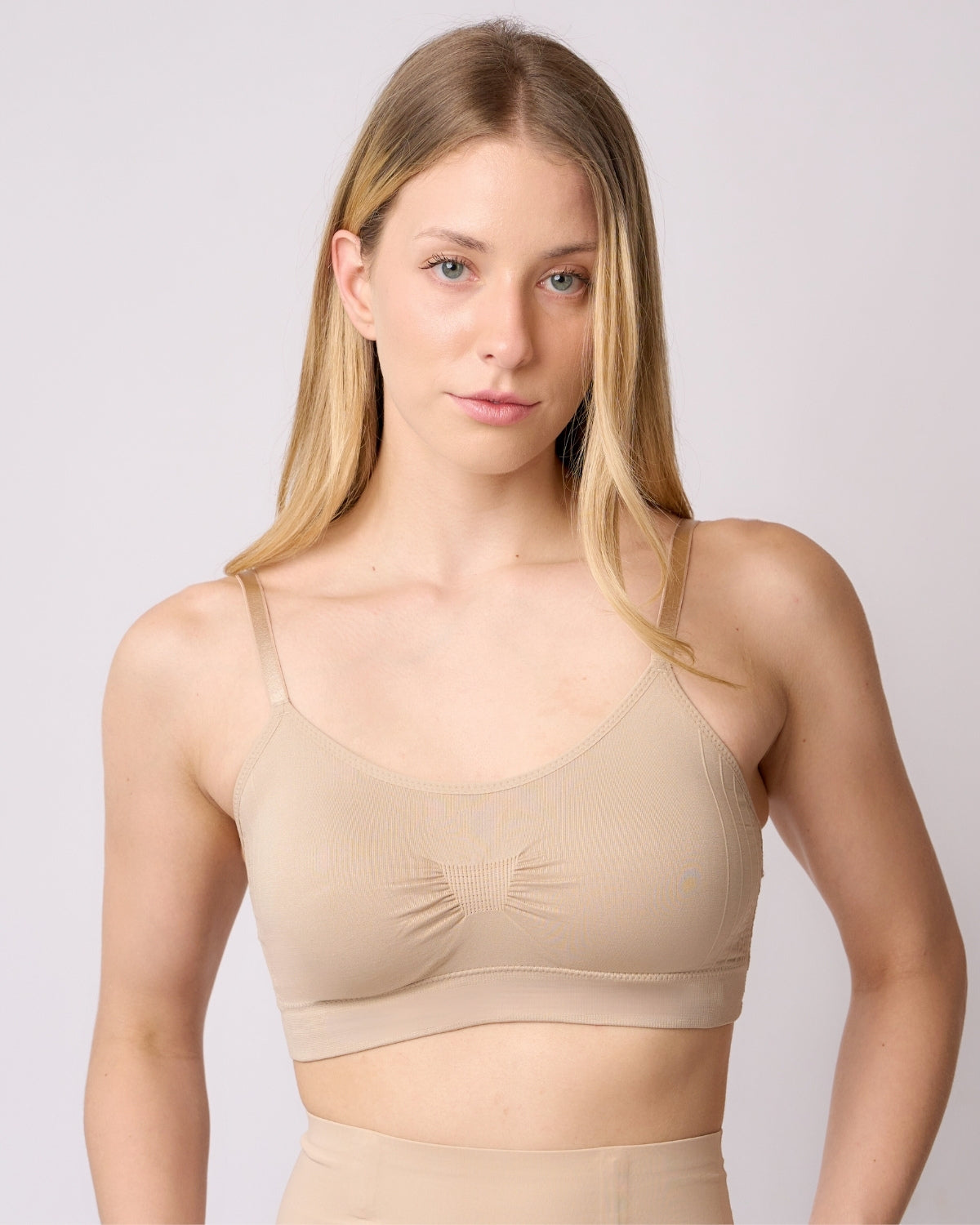

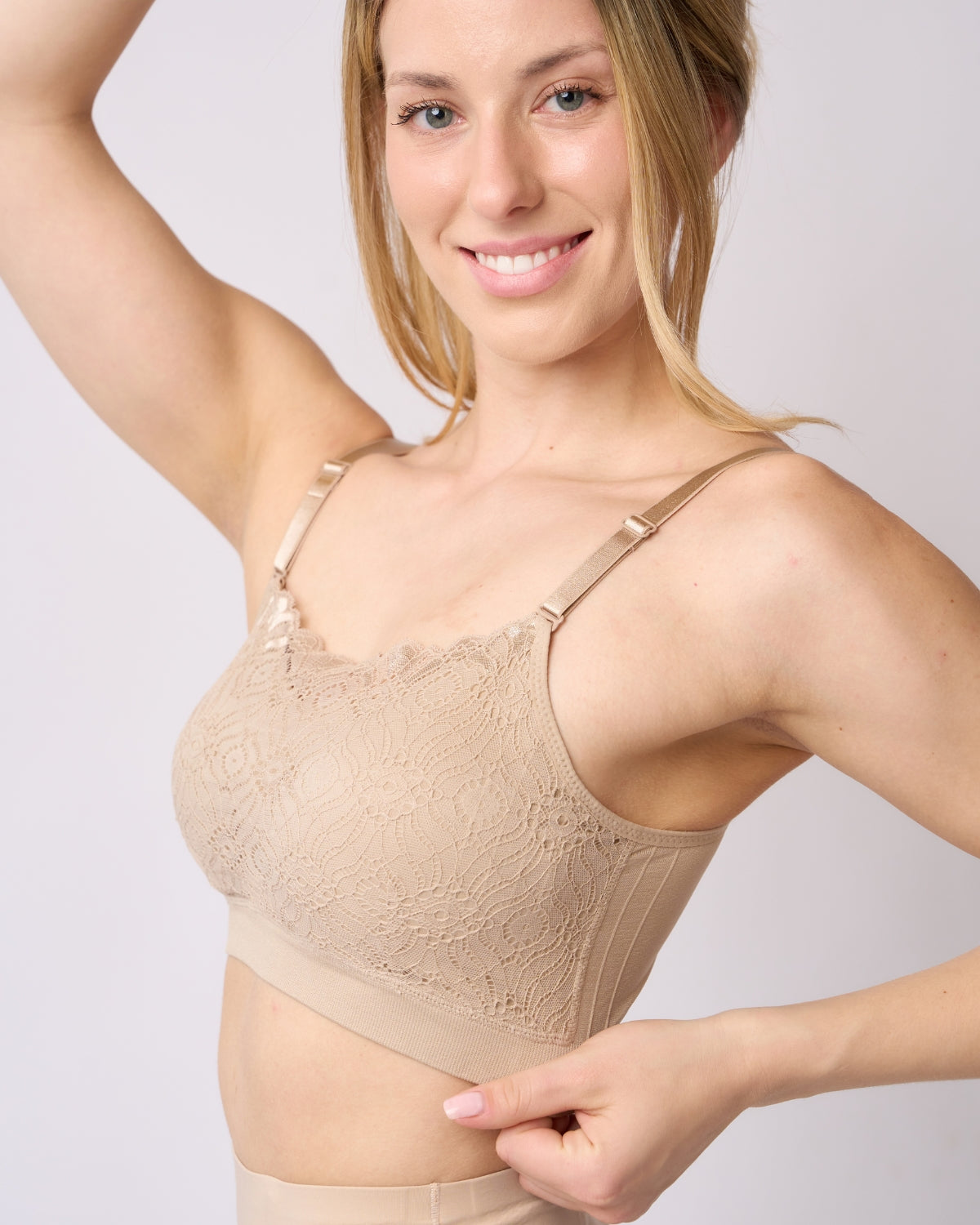

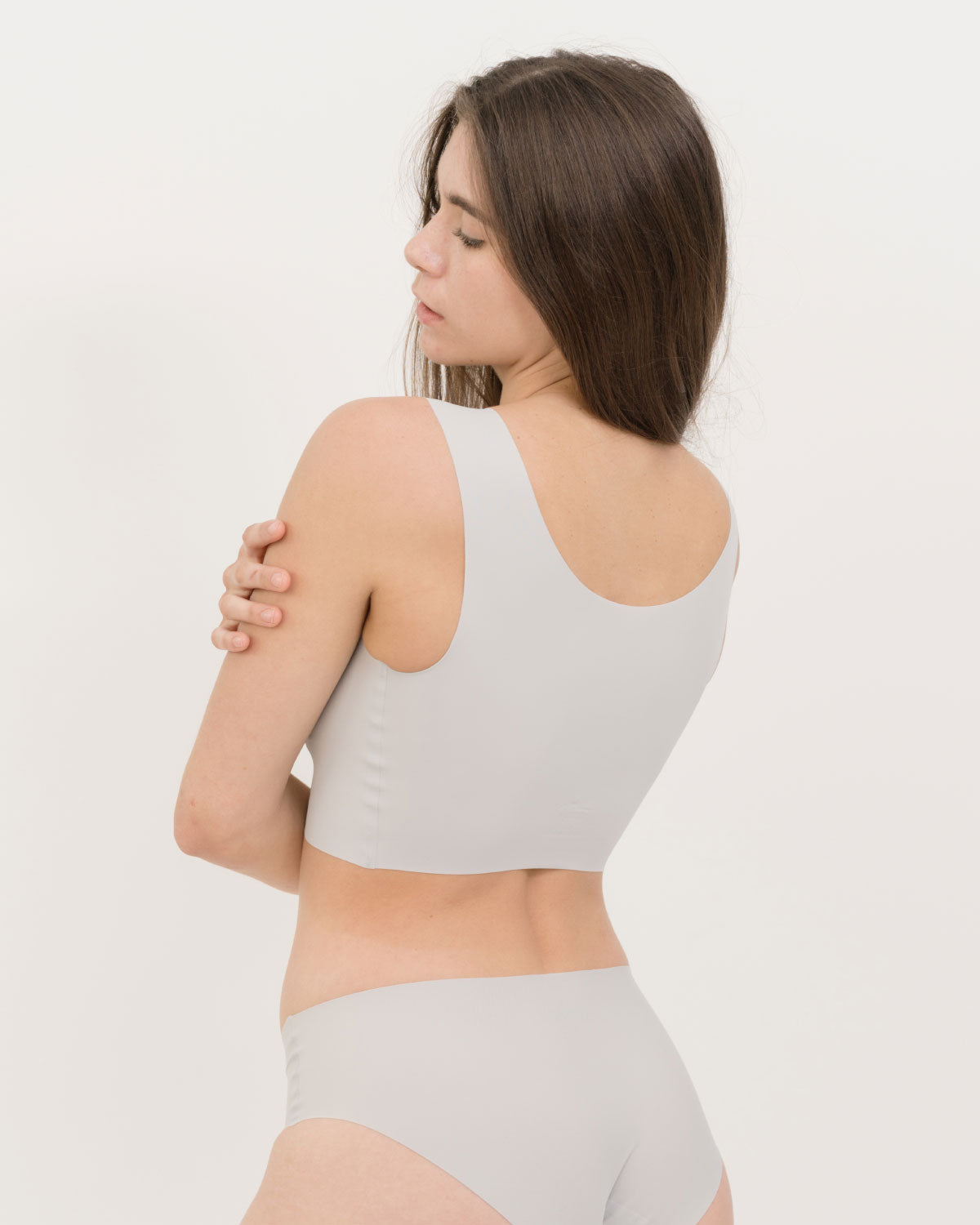
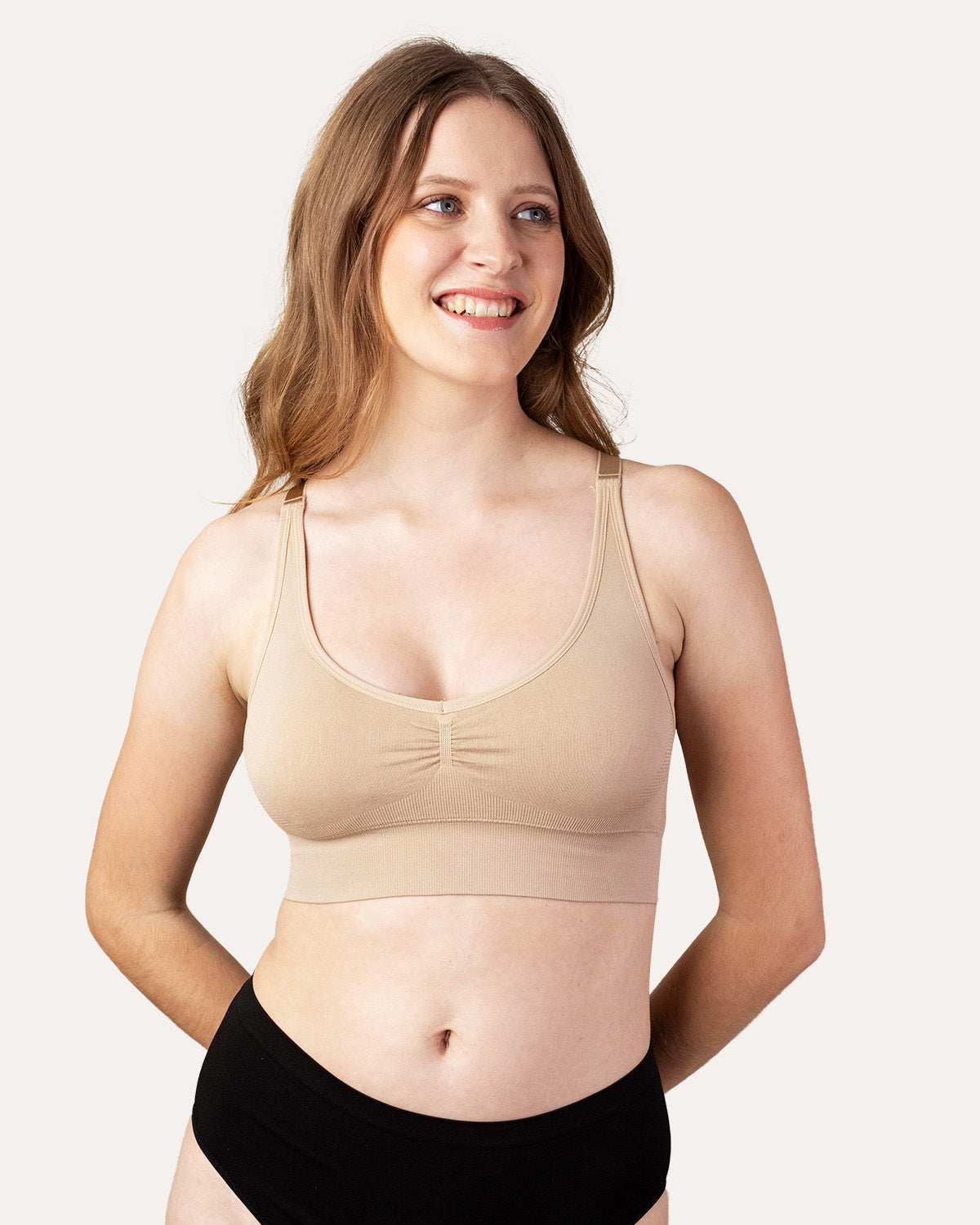
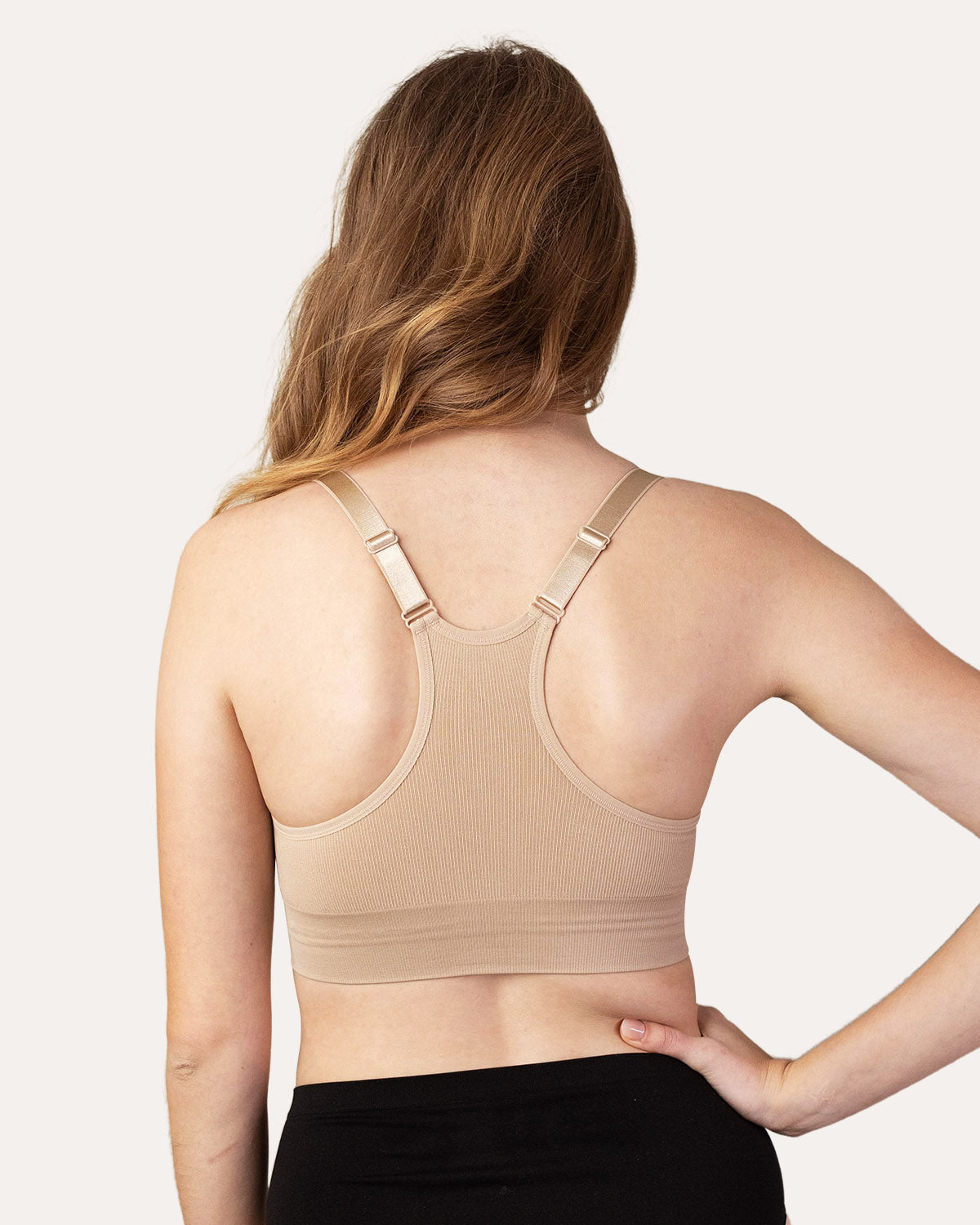
Leave a comment
This site is protected by hCaptcha and the hCaptcha Privacy Policy and Terms of Service apply.